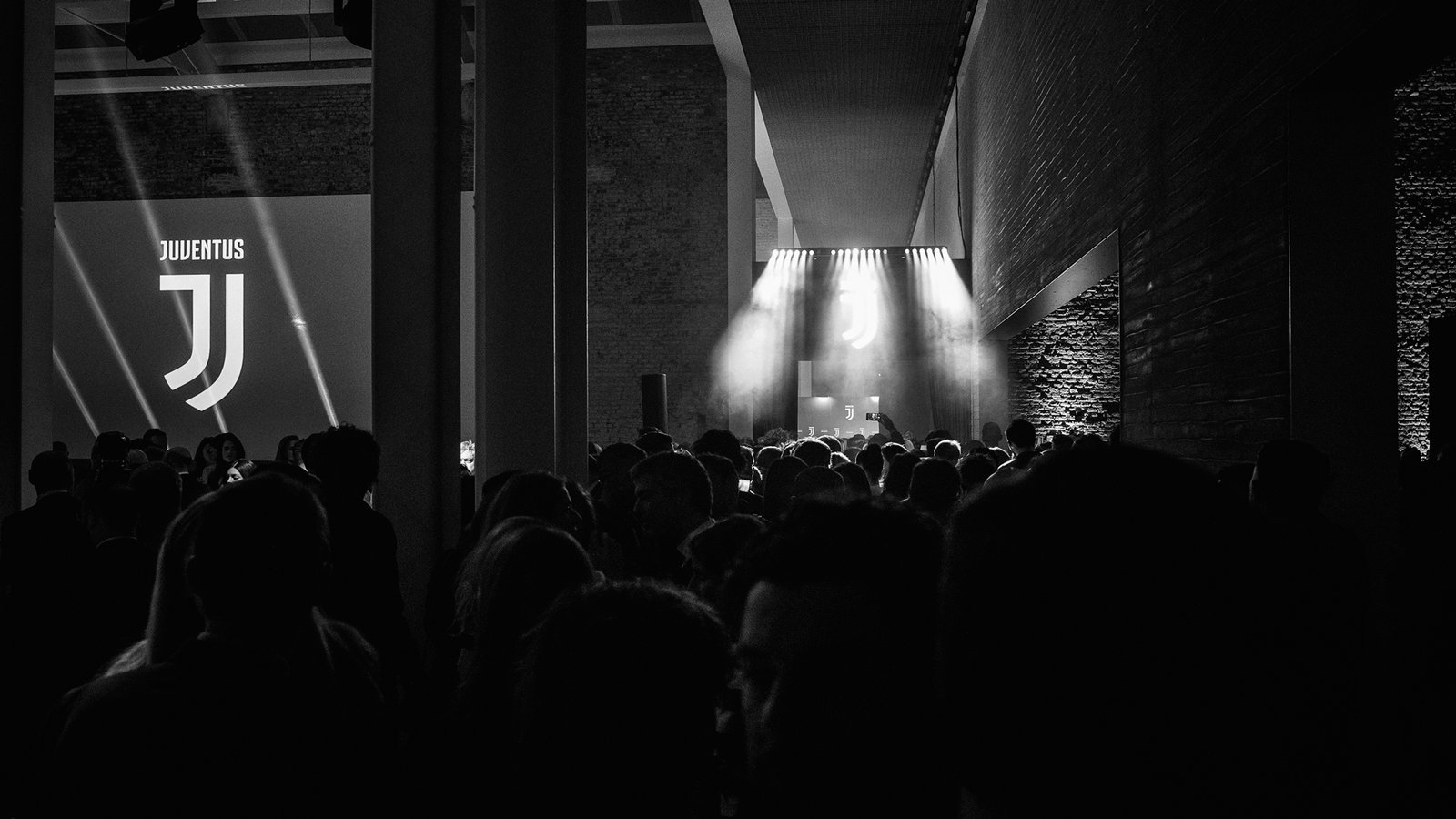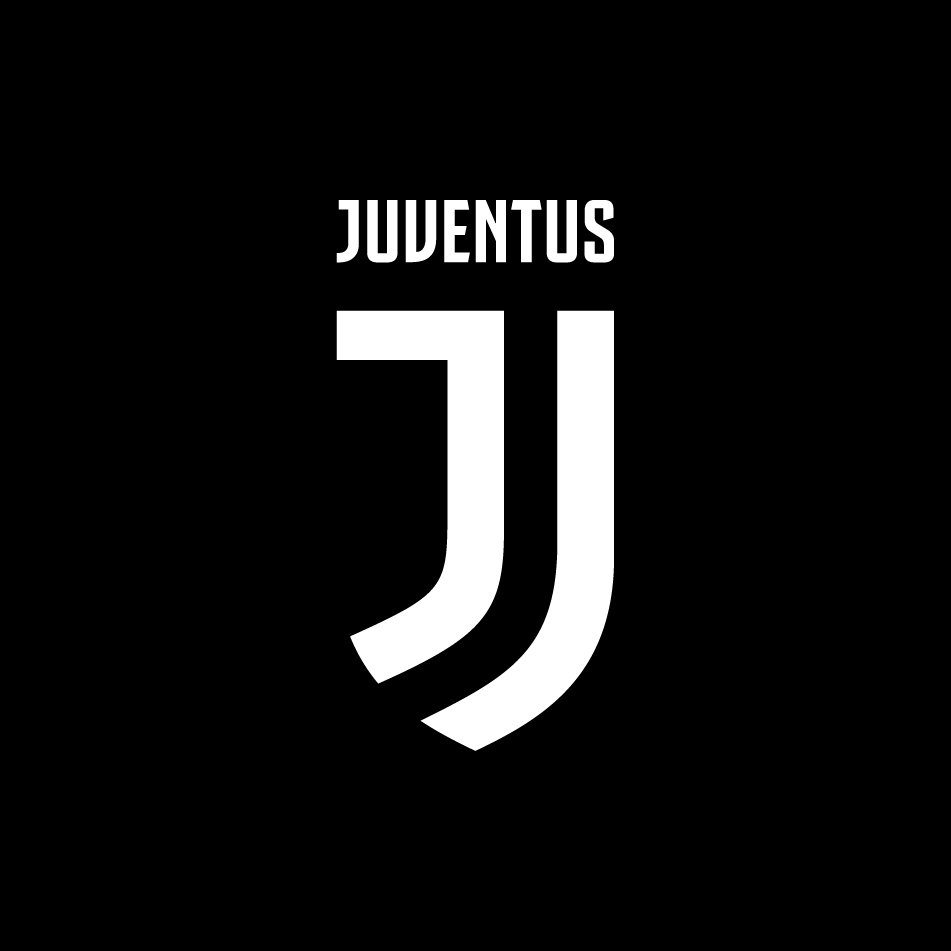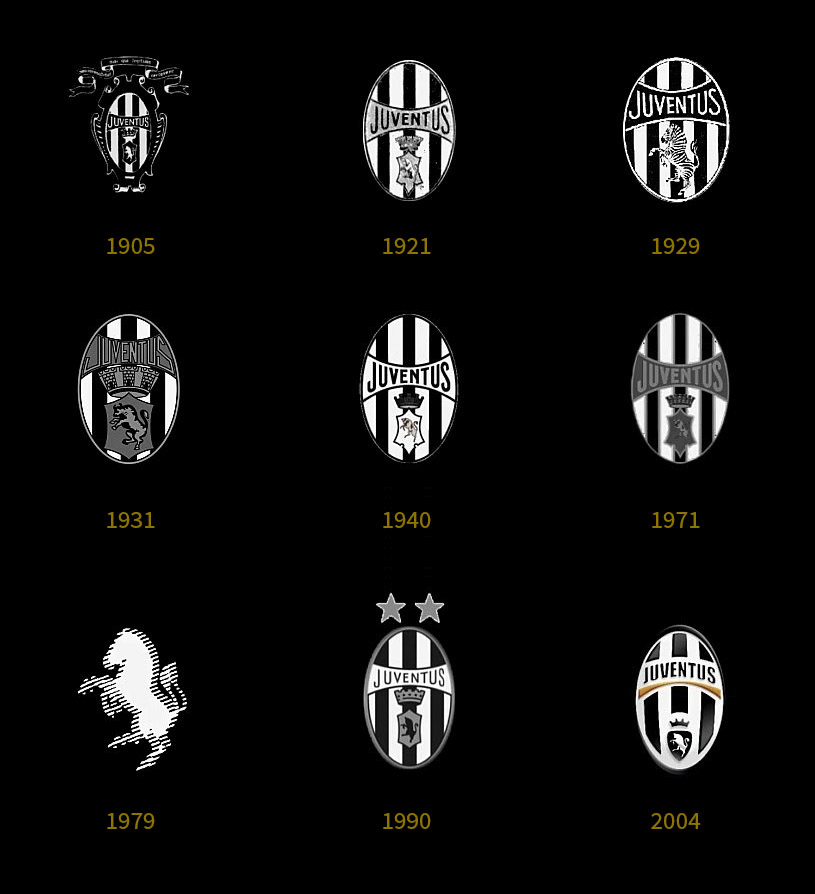Juventus or “Juve” is the second oldest Italian soccer club and one of the most famous and successful clubs in the history of global soccer. Across the years, the club has won a plethora of national and international titles. Earlier this year, in January, the club introduced a new, bold and revolutionary brand identity designed by Interbrand’s Milan Office. The Berries interviewed Manfredi Ricca, Chief Strategy Officer EMEA & LatAm at Interbrand, to know what happened behind the scenes to shift Juventus from a sports brand into an entertainment brand.
BB: Interbrand introduced a new logo and identity for Juventus, Italy’s second oldest club. How can you successfully revamp such a brand with a grand legacy yet go for a complete revolutionary identity design route instead of evolving the current one?
 MR: Juventus has always been a club with a very strong personality – to the point of being extremely divisive. It stands for this very uncompromising ambition, determination to win, excel and brave choices. Last year Juventus decided to face another deep challenge that is leading to a broad brand evolution. The starting point was a question: can a football brand stand for more than football? In other industries, brands are able to transcend their categories and signify something wider and deeper: an attitude. A purpose. Values. In football, this hadn’t happened yet, and therefore we felt Juventus had a huge opportunity to be relevant to a wider audience. There are people out there who might not be interested in football, but may share this approach to life – people who don’t necessarily want to support Juventus, but spontaneously ‘live’ Juventus. So while all others clubs see football as a boundary and a limitation, we felt it should be an origin and an inspiration.
MR: Juventus has always been a club with a very strong personality – to the point of being extremely divisive. It stands for this very uncompromising ambition, determination to win, excel and brave choices. Last year Juventus decided to face another deep challenge that is leading to a broad brand evolution. The starting point was a question: can a football brand stand for more than football? In other industries, brands are able to transcend their categories and signify something wider and deeper: an attitude. A purpose. Values. In football, this hadn’t happened yet, and therefore we felt Juventus had a huge opportunity to be relevant to a wider audience. There are people out there who might not be interested in football, but may share this approach to life – people who don’t necessarily want to support Juventus, but spontaneously ‘live’ Juventus. So while all others clubs see football as a boundary and a limitation, we felt it should be an origin and an inspiration.
The new visual expression is the logical consequence. The previous one – which we crafted in 2004 – could not lead the brand through this new challenge. The new identity we developed distills the essence of Juventus – the black and white stripes, the J initial, and victory, embodied by the shield shape – but makes it relevant beyond football. Traditional football crests work beautifully in a stadium but look odd and out of place anywhere else. And that’s because they try to express something else – a city, a borough, a landmark. We wanted the Juventus logo to represent itself.

BB: The rebrand of Juventus comes with a bold update in the brand essence which makes the brand not just a sport brand but also entertainment fans. How can the rebranding of Juventus transform the brand from a sports brand to an entertainment brand?
MR: Football club brands usually symbolize places. With Juventus, we thought that the opportunity would be to challenge the conventions, and have Juventus stand for itself. We challenge the notion that Juventus is relevant only to football enthusiasts. We believe there is potential for Juventus to embody something deeper and broader and that means evolving this brand into initiatives, projects and radically innovative experiences, of which football will always be the origin, but never the limit. This will let the Club sustain its own growth both economic and sports-wise, and extend its influence.
In other words, we didn’t want Juventus to have an identity, but to be an identity.

BB: Brands are all about engaging experiences. How can the new identity of Juventus enhance the digital and retail experiences of the brand?
MR: A few years ago, we codified Juventus’ essence as being “life is a matter of black or white” – you win or you lose, you’re all in or nothing, and there’s no consolation prize. This essence could be – indeed – relevant to a wider audience. Juventus may therefore offer products, services and experiences which represent club’s values in an engaging and meaningful way.
You can experience football in many different ways and there are ways to appeal to people who don’t normally go to the stadium and people who don’t always watch football — they might be entertainment enthusiasts. There may be products which are created to reflect the Juventus ethos and may be disconnected from football, but there’s a colossal difference between diversifying and putting the brand on anything to reinforcing the brand by carefully selected touch points and experiences, these includes, academy, immersive retail formats and a range of unique physical and digital products and services, to name just a few.

BB: The rebranding decision has been met with severe outrage and widespread criticism from commentators and club fans. Was consumer insight taken into consideration before taking the decision to rebrand or not to rebrand? Was it taken into consideration before going to such a revolutionary brand route? And in such cases,what best could the brand do, revert back to the old identity, like what GAP did ?
MR: First and foremost, your point about outrage is simply not true. There have been criticism as always, but the vast majority of fans and fan clubs were extremely pleased with this change. This is shown clearly by highly favorable social media sentiment figures. That said, from a taste point of view, there are going to be people who don’t like it – we should respect this, of course – and, in general, it will take time for fans to understand the full power of the new identity. However, it is the responsibility of the clubs to set out what their vision is for the future, and what they think is the best growth path for the brand. Juventus has gone for an uncompromising approach, in line with its DNA, and fans are ultimately going to adopt the new identity because it represents the club’s vision.





